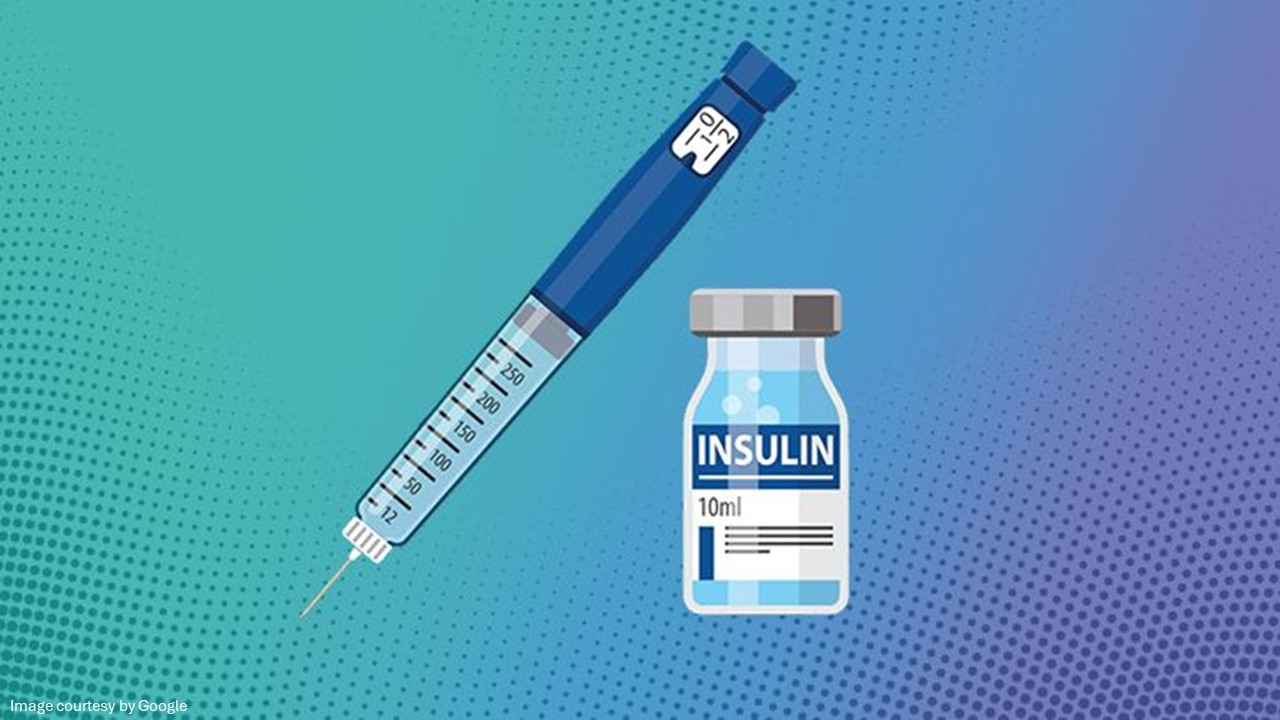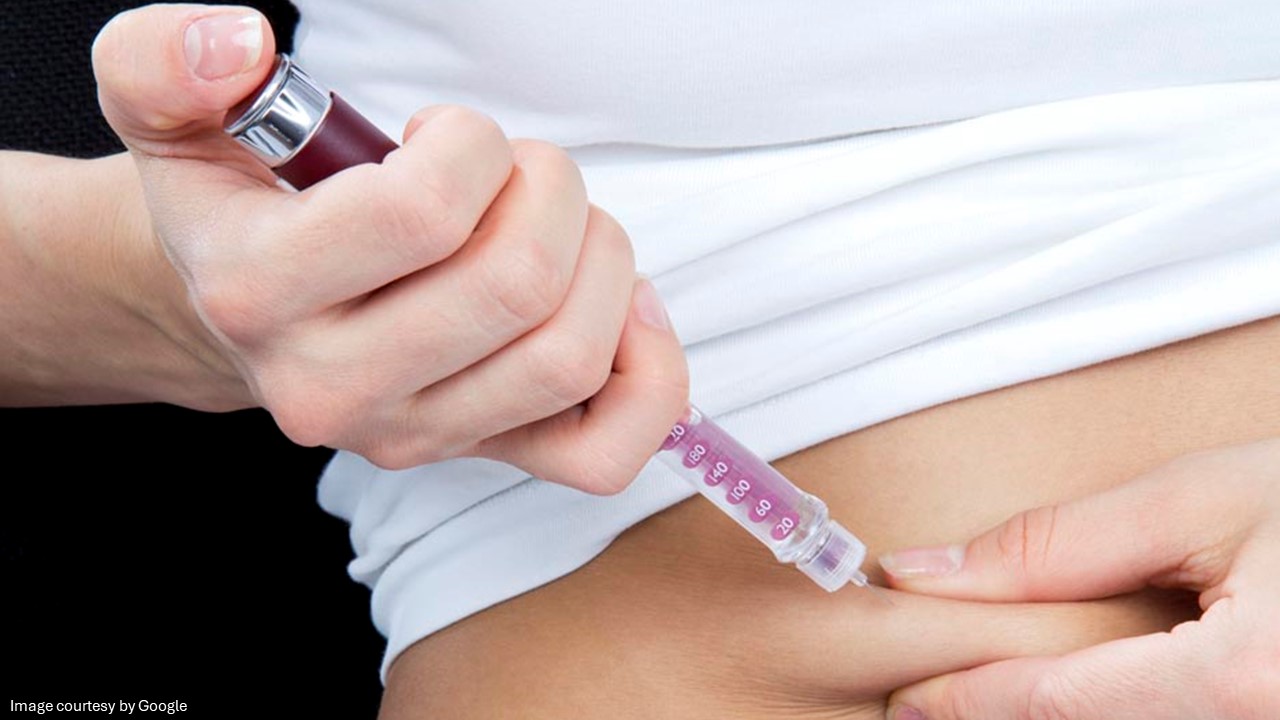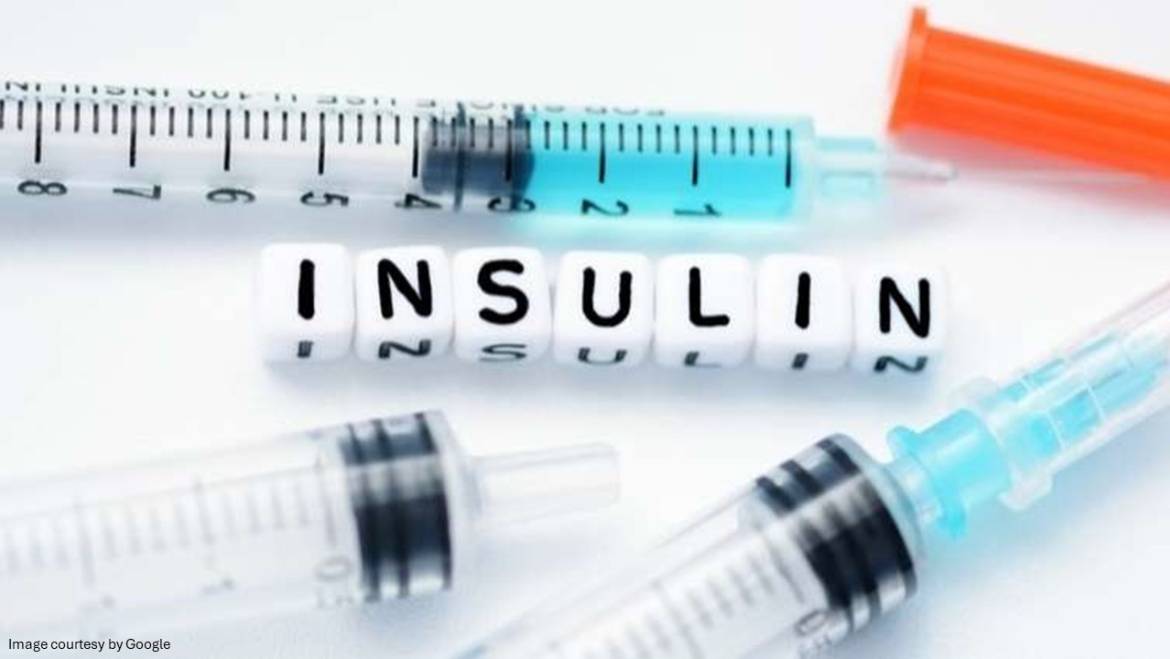Diabetes treatment is essential to live a normal life. However, it has been found that many patients struggle with their diabetes management routine due to many reasons. Lack of knowledge, dependency, and monetary issues are some of the key reasons patients struggle with when it comes to their diabetes management.
To the most extent, diabetes is manageable with certain steps, which include insulin medication, regular exercise/yoga/walking, meditation, a balanced diet, regular blood sugar monitoring, and timely doctor consultation.
Insulin injection or insulin therapy is a cornerstone of treatment in patients with type 1 diabetes mellitus and type 2 diabetes treatment.
Symptoms of type 2 diabetes include urinating more, feeling thirsty, feeling lazy and tired, sudden weight loss, skin irritation or itchiness near the genital area, cuts and wounds taking longer time to heal, and weak or blurred vision.
About insulin and types of insulin
Starting insulin can be challenging, but it is understandable if you are concerned about it. When you start taking insulin, staying in touch with your physician is important to help work out the right dose for you. Adjusting to using insulin injections and your new routine will take time. Your physician and your family can provide the support you require.
Insulin is a hormone made by the pancreas inside the abdomen. Special cells, known as beta cells, are located in a part of the pancreas and make insulin. In patients with type 1 diabetes, the cells that make insulin are lost. A majority of diabetes patients use human insulin or insulin analogs. The human insulin is produced by bacteria or by yeast using genetic engineering.
The insulin in the body allows the sugar to pass from the blood into the cells, which are burned for energy. The human body is not able to convert sugar into energy without insulin. Furthermore, insulin helps turn off the production of sugar in the liver. Without insulin, the sugar builds up in the blood and spills into the urine. Diabetic patients cannot make enough insulin. These patients required insulin injections or insulin pills to fulfill their needs. Insulin has not been formulated for oral administration because the stomach acid destroys it.

No vitamins, herbs, or medication can replace insulin injections. Patients with type 2 diabetes still make enough insulin; however, it is not sufficient to maintain the sugar level in their body. These patients can take diabetes medications to help them make sufficient insulin to reduce the symptoms of high blood sugar.
Types of insulin
Many types of insulin for diabetes are available in the market. Your doctor will prescribe the best insulin for type 2 diabetes as well as for type 1. The types of insulin are usually described by how they affect your body. Read them here below:
-
- Rapid-acting – These insulins are clear in appearance. They act fast and start to work from 5 to 15 minutes, peak effect in 1 to 2 hours, and duration of action that lasts 2 to 4 hours. While using these insulins, it is necessary to eat them immediately after injecting them. Humalog, Apidra, and NovoRapid are some currently available fast-acting insulins. Its effects last for a couple of hours.
- Intermediate-acting – They absorb more slowly and last longer. These insulins begin to work about 2 to 4 hours after injecting and peak effect in 4 to 12 hours. It covers insulin requirements for half a day or overnight while fasting and between meals. It is often used with rapid or short-acting insulin. The effects of intermediate-acting insulin can last up to 12 to 18 hours.
- Short-acting – These insulins start lowering sugar levels within 30 minutes of injection. You need to take the injection 30 to 60 minutes before a meal. Its effects last for up to 3 to 6 hours.
- Long-acting insulin – Long-acting insulin has an onset of insulin effect in 2 hours and a duration of action that lasts up to 24 hours. It is often used with rapid or short-acting insulin when needed.
- Ultra long acting – It provides steady insulin for long periods. Begin to work after six hours, and the effects last up to 36 hours.
- Mixed insulin – Mixed insulin allows two insulin types in a single injection, i.e., intermediate and short-acting. It is usually injected 10 to 30 minutes before breakfast and dinner. Mixed insulin comes with an onset of action from 5 to 60 minutes and has a duration of action that lasts up to 10 to 16 hours.
Tips for using insulin
Insulin should be injected into the fatty layer below the skin and the muscle. Patients are instructed to inject it into the abdomen. In some cases, physician prefers thighs or buttocks for injecting insulin. For more information, talk to your physician.
While injecting insulin, keep the following things in mind:
– Use a fresh needle every time.
– Check the prescription label carefully to know about the dose of insulin.
– Prime the needle to remove air and start the flow of insulin. You need to do this whenever you take insulin injections.
– You need to insert the needle at a right angle that is 90 degrees unless advised otherwise by your physician.
– After inserting the needle into your skin, hold the needle for ten seconds to make sure you inject the full dose.
– If you are using an insulin pen, make sure that you remove the needle from the pen after each injection.

Insulin pump therapy
The American Diabetes Association recommends that diabetic patients and doctors who treat diabetes conditions should consider insulin pump for type 2 diabetes and for type 1 as an alternative to insulin injections. Ask your doctor to learn more about insulin pump therapy.



